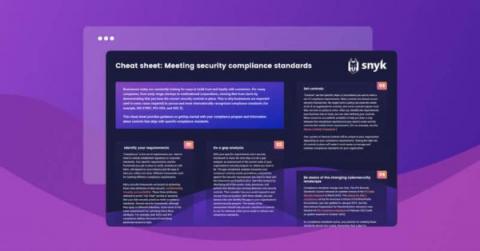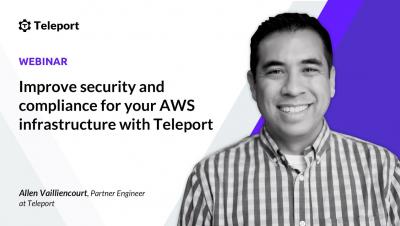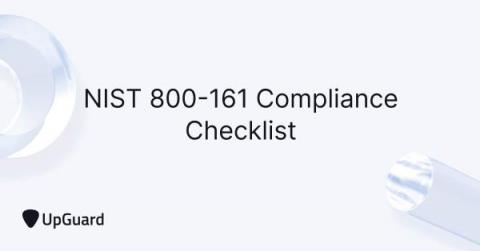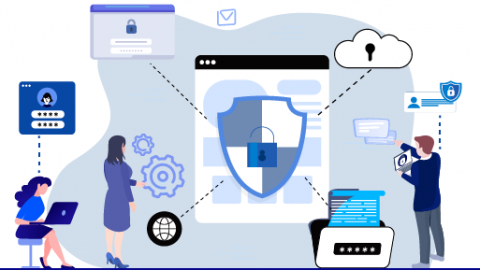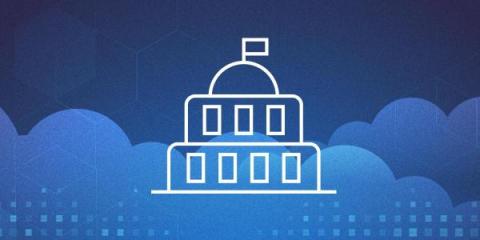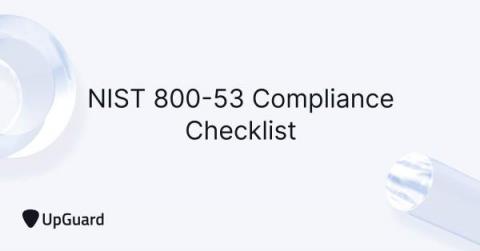Cheat sheet: Meeting security compliance standards
Security and compliance has a major role in every organization. Businesses are nothing without the trust and loyalty of their customers, and for many companies — from early-stage startups to multinational corporations — winning that trust starts by demonstrating that you have the correct security controls in place. Internationally-recognized compliance standards, such as ISO 27001, PCI-DSS, and SOC 2, make up the industry-standard goals that most businesses and organizations pursue.


